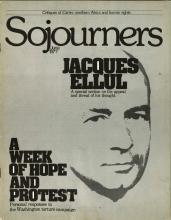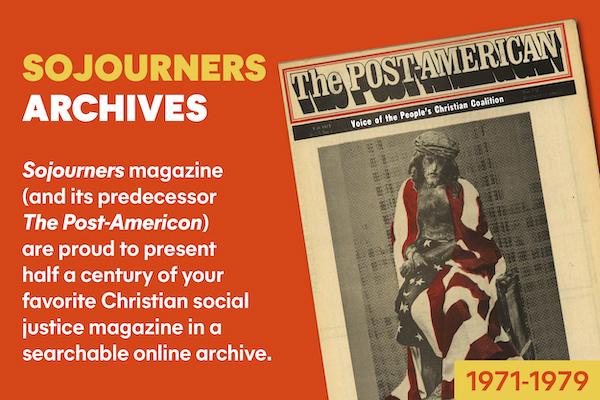Ben Richmond hitchhiked all the way from Portland to join the Washington campaign against torture. Sister Caridad Guidote, a Catholic nun, brought her personal experience of what it is like to live under the repressive government of the Philippines. Tom Rutschman has friends who’ve been tortured in Uruguay. Judy Alexander wanted her two young children, Roger and Jenny, to understand that if you don’t speak out against evil, you become part of it. Bob Peters, attending a Mennonite college in the Midwest, reflected that Jesus too was tortured for siding with the poor. A member of Christ’s Community (a Christian Reformed house church in Grand Rapids) spoke of growing up in Asia and being struck on her return to the U.S. with American callousness at injustice. “How can Christians demonstrate against injustice,” Sharon asked, “but in a way that Christ would have it done?”
Read the Full Article
To continue reading this article — and get full access to all our magazine content — subscribe now for as little as $4.95. Your subscription helps sustain our nonprofit journalism and allows us to pay authors for their terrific work! Thank you for your support.
Already a subscriber?
Login

